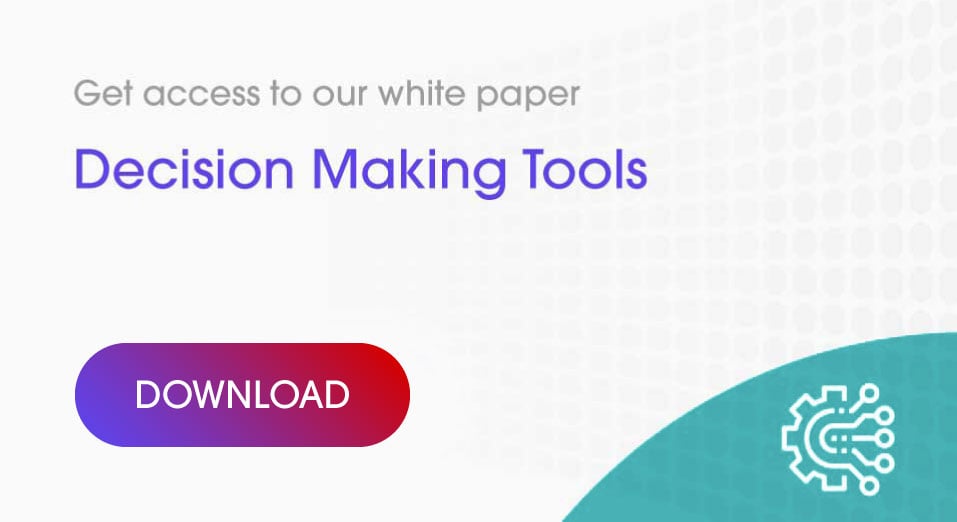Our industry inevitably produces many disease awareness programs to develop awareness of an unmet need that we think we can contribute to meeting. We are essentially attempting to drive more patients into the funnel, to then capture more patients entering the treatment journey, where our product/service could potentially be a good fit, thus contributing to better health outcomes and disease management.
Is it paying off?
The reluctance due to compliance in making the commercial intent obvious and thus avoiding hard commercial metrics, means that according to McCann Health (2017), these programs especially when at a higher level that at brand level, are often left in isolation and never assessed if successfully fulfilling the original intent.
Goals & Measures
Awareness campaigns are intended to influence a wide audience and build awareness not only of the disease and unmet needs, but also potentially to put your company, brand or service in the list of options of solutions, or positive contributors, to better health outcomes and disease management. There are several focus areas for assessing if your disease awareness campaign is doing what you intended.
Measurability – As this is longer-term strategy, the impact needs to be tracked and monitored over a longer time period than the one-year brand plan cycle, charting all relevant changes over time. If you do not show changes, the chances are when budgets are tight, it is one tactic not to be approved. Why? Read on…
Frequency – While a disease awareness campaign is not as direct as your call-to-action brand campaign, you may want to assess at least the ‘intent of interest’ in your product or service, which according to Facebook, require more frequency than ‘brand recall’. (For example, consider a common measure being used by our industry, the assumption that it takes 6-8 face-to-face details to influence a HCP’s prescribing behavior). A ‘tolerance factor’ must be considered, as you do not want the HCPs or general population to tune-out, or in many cases, lock your company out!
Reach – One of the main and obvious reasons for a disease awareness campaign is extending your reach and it is an easier one to measure. However, while mass reach can be achieved, it is expensive and the whole market benefits, so ‘targeted’ reach should be within your monitoring activities.
Brand Awareness – Brand marketing is not the primary goal of disease awareness campaigns, however, it is the ultimate pull-through goal we do not like to talk about. Tracking the disease awareness to pull-through to the brand marketing activities is one crucial measure of your awareness campaign tactic. It is admittedly tricky in the heavily regulated arena, but should be considered and not impossible.
Touch-points – In a multi-channel, multi-device world, tracking and assessing the HCP or potential patient touch-points is important to assess where your potential HCPs and patients are and where you could optimize your other tactics.
Value – The campaign takes the pressure off driving sales, and it can help you learn a lot of about your market place, the patient journey and the competitors, while also giving you the opportunity to hone your value proposition and the segments where your offering adds value and solves problems.
Content Marketing – Disease awareness campaigns hinge on accessible compelling content and provide an opportunity to position your company as a credible expert or authority. Trust takes time to build, but it can be broken in an instant.
Conversion and brand loyalty – Don’t lose sight of the end goal – credibility, expertise, commitment and a potential provider of contributions to health outcomes and disease management.
ROI of Digital Marketing
ROI will always remain the ‘golden metric’ for any marketing activity and still remains the most elusive unless we start looking at alternative measures that begin to show value.
We know it is complicated to detangle the results of your multichannel campaign and align it to real ROI across each channel. It is improving over time with the availability of tracking tools and dashboards, however, it still falls back to the basics – what is your strategy, what are the critical success factors (CSFs), having aligned KPIs behind your tactics (McCann Health, 2017). If you can clearly show the links, and show that your online activities are contributing to an increase in disease awareness, in turn, filtering down to more target patients in the funnel, and more opportunity for conversion to your brand offering, you are well on the way to showing a robust ROI.
Patient Centricity
As you build your library of results, it will be clear where to invest in your tactics and moments in the patient journey. Disease awareness campaigns benefit everyone in that value chain, including your competitors. In fact, if they have a better offering they can benefit from your campaign without investing a dollar.
Disease awareness campaigns are one way to promote your company as ‘patient centric’ and also to BE patient centric. We can get involved in our areas of specialty and add contextualisation in the bigger healthcare picture, really adding valuable services as a community and economical member of the markets we operate in. Consider - is it now a cost-of-doing-business in the healthcare space?
If you are interested in our mobile learning solutions on digital channels, contact Actando.
The Actando Consulting Team


.png)



.jpg?t=1497452758473&width=850&name=Untitled%20design%20(34).jpg)
.jpg?t=1497452758473&width=850&name=Untitled%20design%20(32).jpg)





